
Centessa Pharmaceuticals initiates Phase 1 study for ORX142, a novel orexin receptor agonist targeting neurological disorders, promising new treatment avenues.

Centessa Pharmaceuticals initiates Phase 1 study for ORX142, a novel orexin receptor agonist targeting neurological disorders, promising new treatment avenues.

The associate vice president of strategy and innovation at the National MS Society highlighted the measurable benefits of health and wellness coaching for individuals with multiple sclerosis. [WATCH TIME: 5 minutes]
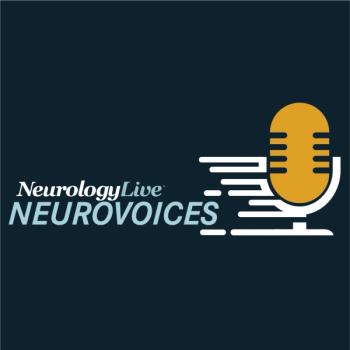
The director of the John A. Schafer, MD Multiple Sclerosis Achievement Center at Dignity Health discussed the effect of loneliness and social isolation on individuals living with multiple sclerosis.
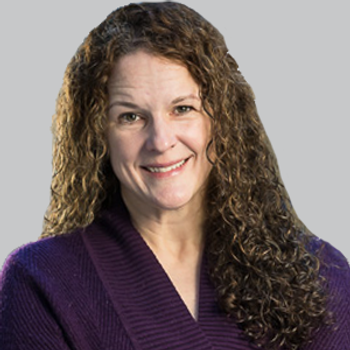
The ExTINGUISH trial investigates inebilizumab's efficacy for NMDAR encephalitis, aiming to enhance treatment options for diverse patient populations.
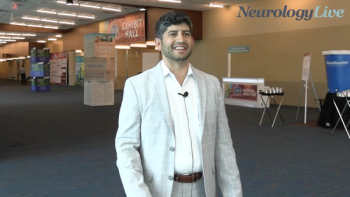
The assistant professor of neurology at the Medical College of Wisconsin talked about the complexities of advanced multiple sclerosis, highlighting gaps in clinical trials and the need for individualized care strategies. [WATCH TIME: 3 minutes]
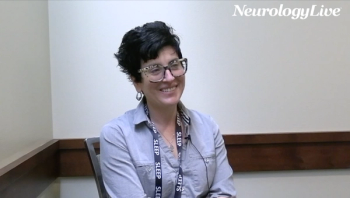
The neuropathologist at Mayo Clinic Florida discussed why EEG-based sleep biomarkers may help detect Alzheimer disease earlier and how they could enhance clinical trial design. [WATCH TIME: 3 minutes]
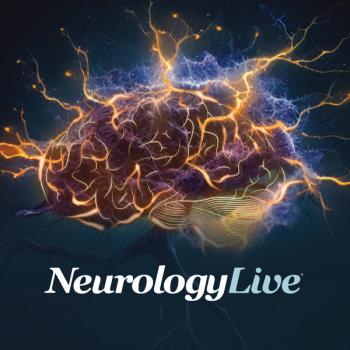
Recent MR analysis uncovers protein associations with neuromyelitis optica spectrum disorder, suggesting new treatment pathways and drug targets for improved management.

The chief executive officer of Restful Sleep MD emphasized the importance of tailoring pediatric sleep interventions to each family’s unique structure, values, and challenges. [WATCH TIME: 5 minutes]
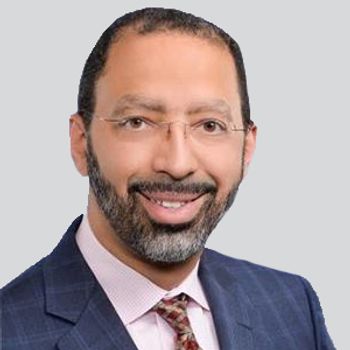
Roche advances prasinezumab into phase 3 trials for Parkinson disease, aiming to explore its potential as a disease-modifying treatment.
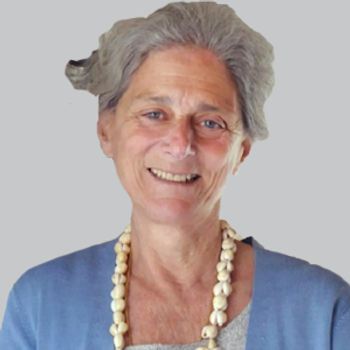
Researchers uncover a latent infection model for Creutzfeldt-Jakob disease, revealing insights into its mysterious origins and potential triggers.

The director of sleep health at Flinders University discussed the latest clinical advances in pharmacotherapy, precision treatment targets, and combination strategies for obstructive sleep apnea.

New long-term data support ecopipam's safety and sustained efficacy in reducing tics and improving quality of life in pediatric Tourette syndrome.

Deepa Burman, MD, FAASM, co-director of the Pediatric Sleep Evaluation Center at UPMC Children’s Hospital of Pittsburgh, discussed the potential contributors to pediatric insomnia and the role of a thorough assessment for effective management.

Here's some of what is coming soon to NeurologyLive® this week.
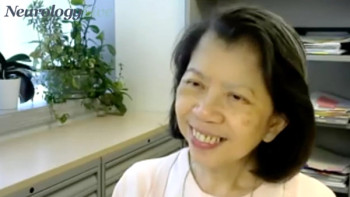
The director of the DMD Program at UMass Chan Medical School shared her experience at the 2025 CureDuchenne FUTURES National Conference, held May 22-25, in San Antonio, Texas. [WATCH TIME: 5 minutes]

Test your neurology knowledge with NeurologyLive®'s weekly quiz series, featuring questions on a variety of clinical and historical neurology topics. This week's topic is on Migraine Awareness Month
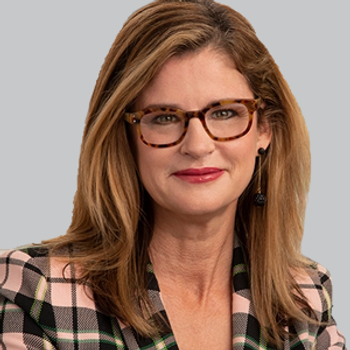
Avidity Biosciences advances del-brax for FSHD, initiating a pivotal Phase 3 study while exploring accelerated FDA approval pathways.
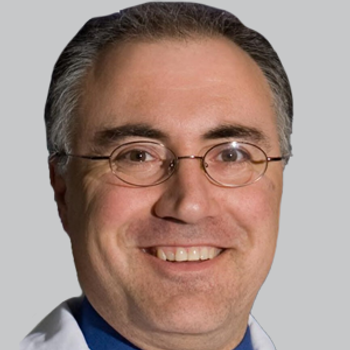
Daniel Mikol, MD, PhD, chief medical officer at NervGen Pharma, provided clinical perspective on recently announced positive findings from a phase 1b/2a trial testing NVG-291 as a treatment for spinal cord injury.
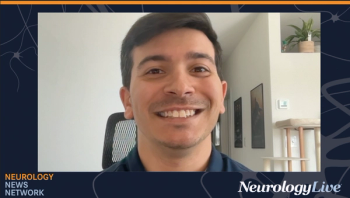
Neurology News Network. for the week ending June 14, 2025. [WATCH TIME: 4 minutes]

Take 5 minutes to catch up on NeurologyLive®'s highlights from the week ending June 13, 2025.
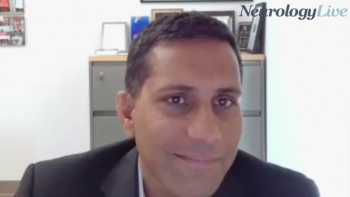
The director of the Center for Brain and Mind Health at Yale University discussed new findings in thrombolytic therapy, stroke monitoring, neuroprotection, and imaging technologies presented at ESOC 2025. [WATCH TIME: 7 minutes]

Funke Afolabi-Brown, MD, FAASM, chief executive officer of Restful Sleep MD, discussed the potential role of family dynamics and individualized planning in the effective management of pediatric sleep disorders.
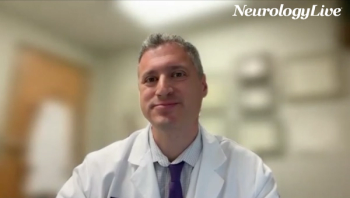
The director of outpatient care at Jefferson Headache Center reflected on advances in migraine care and the ongoing outpatient challenges in treating this widespread yet under-recognized condition. [WATCH TIME: 3 minutes]

Mind Moments®, a podcast from NeurologyLive®, brings you an exclusive interview with Rajesh Pahwa, MD. [LISTEN TIME: 15 minutes]
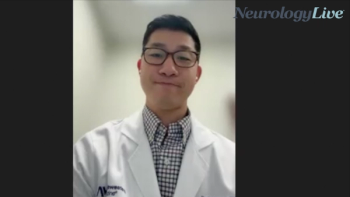
The neurosurgeon at Northwestern Medicine discussed diagnostic approaches, evolving treatment strategies, and the importance of timely referral in managing peripheral nerve injuries. [WATCH TIME: 3 minutes]
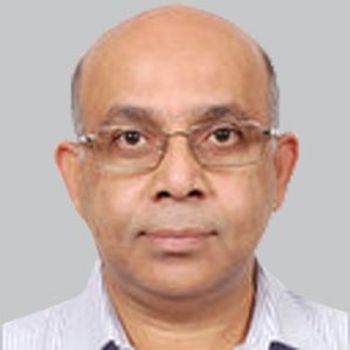
A new phase 2 study explores samelisant's potential to treat cataplexy in narcolepsy type 1, promising improved patient outcomes and safety.

New 5-year findings from the National RLS Opioid Registry presented at SLEEP 2025 highlight the long-term stability and dose trends of low-dose opioid therapy in patients with restless legs syndrome.
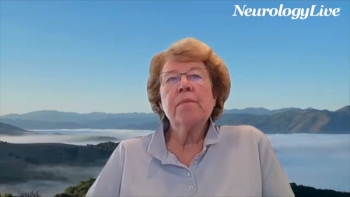
Members from Nuvig Therapeutics discussed how NVG-2089 could improve the CIDP treatment landscape by offering IVIG-like efficacy with a better safety and administration profile. [WATCH TIME: 3 minutes]

Switching to once-nightly sodium oxybate significantly improves sleep-related eating disorder in narcolepsy patients, enhancing overall treatment outcomes.

An interim analysis of an ongoing study suggested that the tonic motor activation demonstrated comparable short-term outcomes for both painful and painless forms of restless legs syndrome.